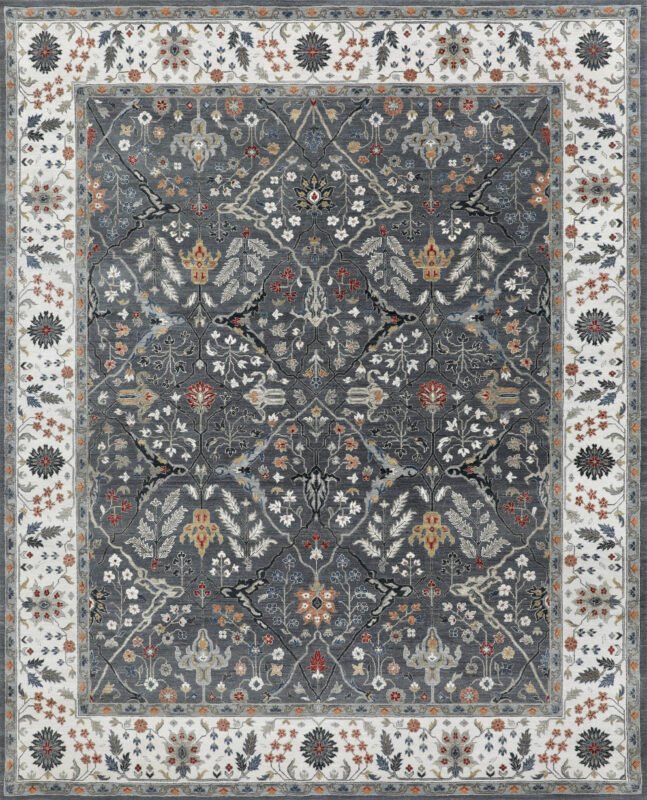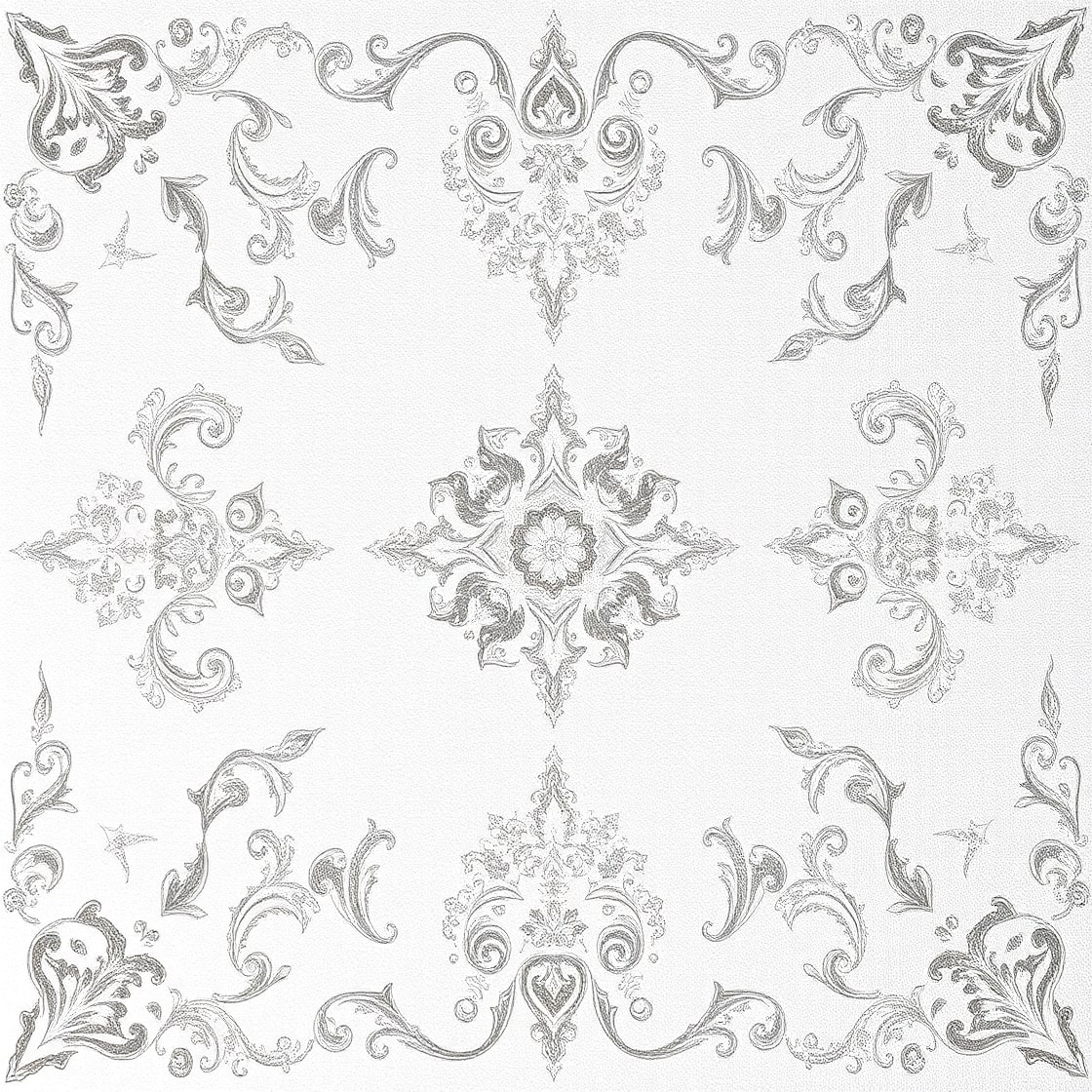Introduction
A Turkish rug is more than a decorative piece; it is a woven story of tradition, artistry, and heritage. Known for their intricate patterns and rich colors, Turkish rugs have been celebrated around the world for centuries. Each rug carries the soul of the artisan who made it, blending cultural symbolism with remarkable craftsmanship. From palaces to modern homes, Turkish rugs continue to add warmth, elegance, and history to every space they adorn. To explore a stunning collection of authentic, handcrafted Turkish rugs, visit Shabahang Rugs

The Origin and History of Turkish Rugs
The tradition of Turkish rugs dates back to ancient Anatolia, where skilled weavers crafted rugs not only for beauty but also for practical use. These rugs were originally made to provide comfort in homes and mosques, while also serving as dowry gifts and family heirlooms. Over time, Turkish rug weaving evolved into a refined art form, combining tribal patterns, natural dyes, and hand-spun wool. The unique knotting technique known as the “Turkish knot” or “Ghiordes knot” became a hallmark of quality and durability that distinguishes Turkish rugs from others.
Designs and Patterns That Tell a Story
Every Turkish rug tells a story through its patterns and colors. The motifs often represent nature, faith, and daily life — from floral vines and geometric shapes to symbolic medallions. Different regions of Turkey are known for distinct designs; for example, Hereke rugs are famous for their fine silk and precision, while Oushak rugs are admired for their soft tones and spacious patterns. These artistic designs make each rug a one-of-a-kind masterpiece that blends perfectly with both classic and modern interiors.

Materials and Craftsmanship
The exceptional quality of Turkish rugs comes from their materials and weaving techniques. Skilled artisans use high-grade wool, silk, or cotton, often dyed with natural pigments derived from plants and minerals. Each rug is meticulously handwoven on traditional looms, taking weeks or even months to complete. The double-knot technique not only enhances durability but also gives Turkish rugs their characteristic texture and detail. It is this dedication to craftsmanship that ensures these rugs stand the test of time, both in strength and style.
Why Turkish Rugs Are a Valuable Investment
Owning a Turkish rug is like owning a piece of history. Their timeless beauty, resilience, and cultural significance make them more than just home décor — they are long-term investments. With proper care, a handmade Turkish rug can last for generations while retaining its color and charm. These rugs instantly elevate any living space, providing warmth and sophistication that machine-made rugs simply cannot replicate.
Where to Find Authentic Turkish Rugs
In a market full of imitations, finding genuine Turkish rugs can be challenging. It’s essential to purchase from trusted sources that specialize in authentic handmade rugs.
Related Posts
How to Clean a Persian Rug at Home
-
Posted by
 Ans Iqbal
Ans Iqbal - 0 comments
Restoring Navajo Blankets in USA
-
Posted by
 Ans Iqbal
Ans Iqbal - 0 comments
Kitchen Rug Customization
-
Posted by
 Ans Iqbal
Ans Iqbal - 0 comments
How Handmade Rugs Increase the Value of Your Home
-
Posted by
 Ans Iqbal
Ans Iqbal - 0 comments
Persian vs Oriental Rugs: Key Differences You Should Know
-
Posted by
 Ans Iqbal
Ans Iqbal - 0 comments
How to Choose the Perfect Persian Rug for Your Living Room
-
Posted by
 Ans Iqbal
Ans Iqbal - 0 comments
Why Wool Rugs Are a Timeless Choice for Every Home
-
Posted by
 Ans Iqbal
Ans Iqbal - 0 comments
The Art of Persian Rugs: Why Every Home Needs One
-
Posted by
 Ans Iqbal
Ans Iqbal - 0 comments
